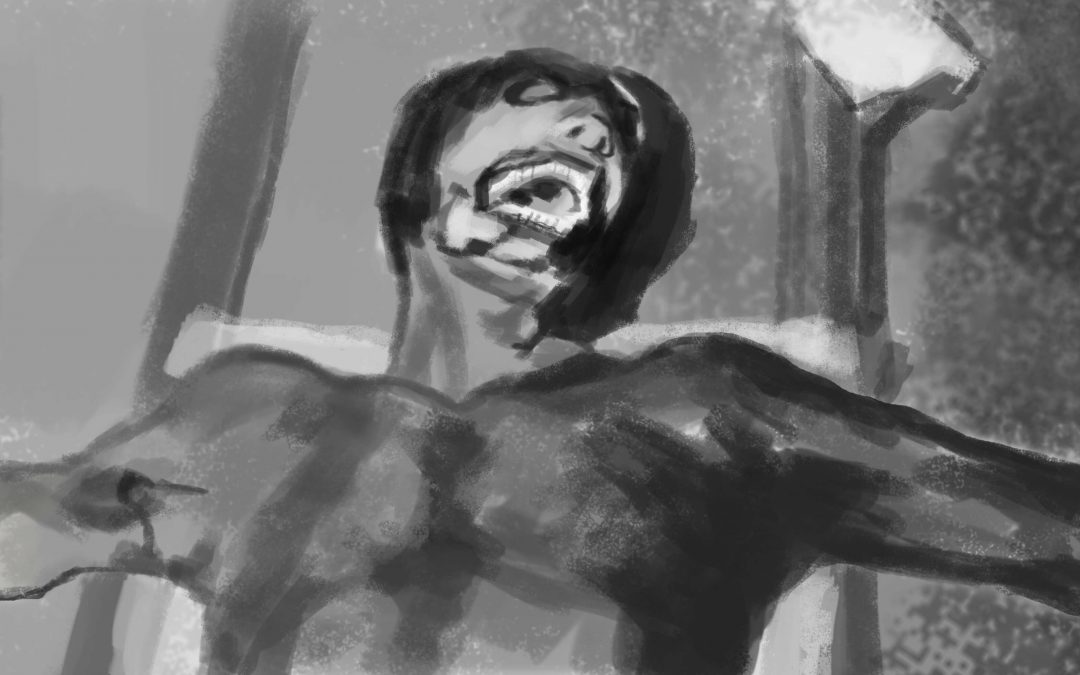

Applicants will maintain rights to their work. Article drafts are due Apand final edits are due June 1, 2023.

#The body and the archive archive
Any publication or presentations resulting from the grant carry the Center for Craft’s logo or credit line: “This research was supported by a Center for Craft Archive Fellowship.”.Including the tag: “2022 Center for Craft Archive Fellow” in their email signature, website, and/or social media page for the duration of the Grant Period.Recipients must acknowledge support from the Center for Craft by:.Grant permission for the Center for Craft to use the language and images from the recipient's application or other high-resolution images the recipient may want to provide in press releases, social media, and/or reports of work by recipients of the 2022 Craft Archive Fellowship.Twenty percent (20%) will be awarded upon receipt and approval by the Center for Craft of the final report, participation in a joint Center for Craft and American Craft Council virtual public program in Summer 2023, and finalized article for a Special Issue by Hyperallergic due June 1, 2023.Twenty percent (20%) will be awarded upon submission of a draft 1,200 word article to be published in a Special Issue by Hyperallergic due April 1, 2023.Sixty percent (60%) will be awarded upon mutual completion of the grant agreement and receipt of the recipient’s W9.Award funds can be used towards course buyouts, as possible.When working with community members, the Center for Craft requires that all grant recipients provide financial remuneration for their time, labor, and services rendered towards the awarded project scope and goals.See Working Artists in the Greater Economy. When working with artists (to conduct oral histories or otherwise), the Center for Craft requires recipients to provide appropriate compensation.For travel purposes, the Center for Craft recommends recipients follow the Federal Travel Regulation and Reimbursement Rates.Award funds may be used towards rent, childcare, and healthcare, as needed. Applying does not constitute a promise or guarantee of being awarded a grant.Īward funds may be used to cover travel and living expenses, personal stipends/honoraria, image rights, photocopies or other reproductions, subcontracted research assistance, purchase of primary source materials, and other incidental research expenses. The Center encourages applications from historically underrepresented populations. The Center for Craft prohibits discrimination, harassment, and retaliation based on sex, sexual orientation, race, color, religion, national origin, disability or perceived disability, age, marital status, gender identity, veteran status, or any other protected category. Disqualified persons, such as substantial contributors to the Center for Craft as well as current employees, consultants, or board members of the Center for Craft, or immediate family members of such a person.Eligible to receive taxable income in the U.S.However, engagement with just one archive is all that is expected.

Funding from this grant can be used to visit more than one archive, as funding and time permits.Objects as archives, the study of a new collection of materials, such as oral histories, community-created archives, site or place as an archive.Digital and in-person archives: Recipients can direct their research towards a digital or site-specific archive, such as institutional archives that feature underrepresented craft communities.

For the purpose of this grant, the Center for Craft understands archival craft research to be, but not limited to: Therefore, this fellowship takes an expansive understanding of what an archive is, to delimit what an archive can be. However, the histories preserved and stored within institutional libraries and archives often reflect the dominant cultural narratives, limiting the types of histories that can be told. Funding is intended to support independent research and is not intended to support research conducted on behalf of an institution, organization, or 501c3.Īrchives are repositories for and collections of primary source materials where people can conduct research. Proposals are welcome from a range of emerging to established scholars, including artists researchers.


 0 kommentar(er)
0 kommentar(er)
